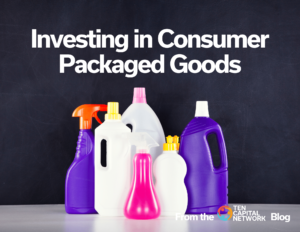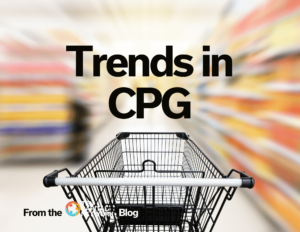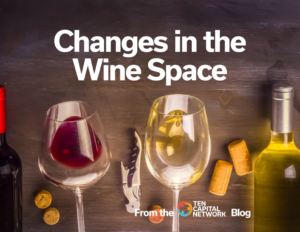
Investing in Consumer Packaged Goods
2 min read Investing in CPG The CPG space is a solid one to invest in, especially in a post-COVID era. There are specific cues

2 min read Investing in CPG The CPG space is a solid one to invest in, especially in a post-COVID era. There are specific cues

3 min read Let’s look at some trends in CPG in this Post-COVID World. The consumer packaged goods sector consists of companies that manufacture and

2 min read We now live in a time when the internet has disrupted virtually every industry, from retail, to music, publishing, and travel, many

The Food and Beverage Industry has seen over $2.8B in funding in nearly 270 deals in Q4 2016. The Ingredients and Flavorings industry leads the way

The food and beverage space is seeing tremendous innovation. Venture capitalists are now making investments into innovative food and beverage companies. Target investments must bring

The Consumer Packaged Goods (CPG) Industry has experienced a lot of change in the past several years, with in-store sales stagnating, and e-commerce sales gaining